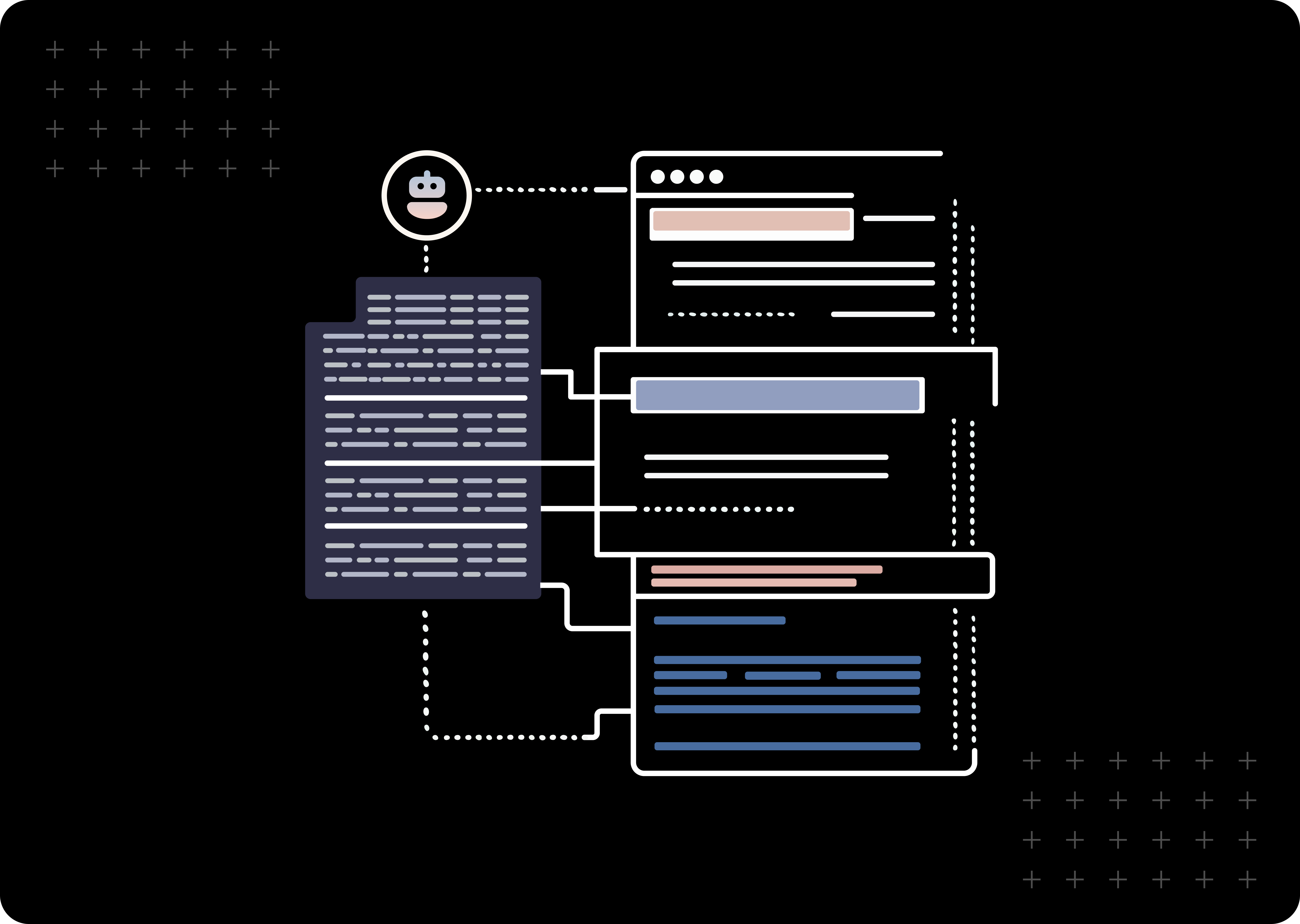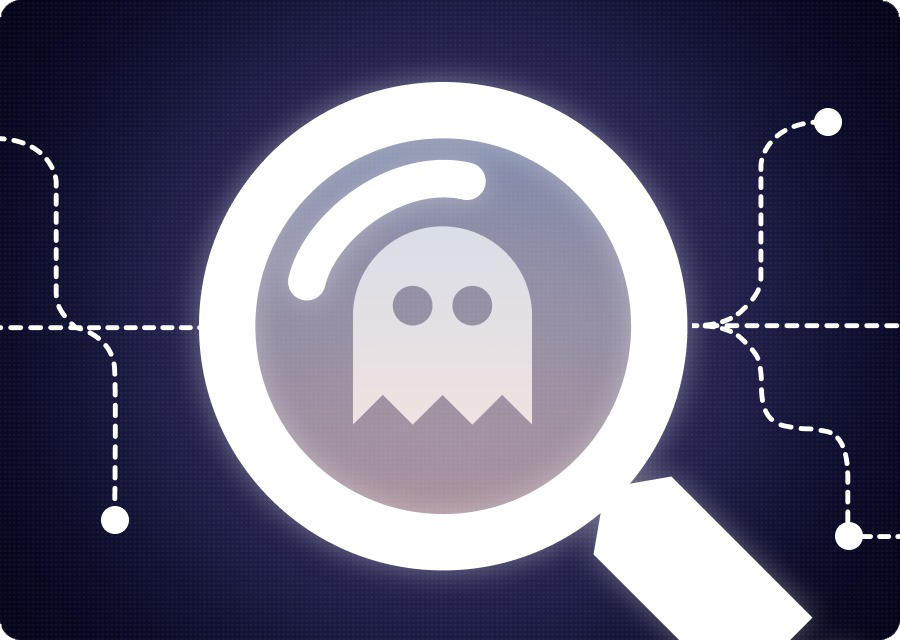Building an AI Native Engineering Organization: Lessons in Speed, Culture, and Security

Not long ago, I led the transformation of a fast moving technology company’s engineering organization. Our goal was to move from a traditional, high functioning team to one built entirely around AI native principles.
It didn’t begin with a sweeping strategy. It started with uncomfortable experiments. A new IDE. A handful of reimagined processes. A few engineers willing to challenge their habits. But as those changes gained traction, we found ourselves building something fundamentally different. The team moved faster, collaborated more fluidly, and leaned on AI not as a sidekick, but as an embedded partner in the way we worked.
What we didn’t expect was how quickly the familiar foundations would stop working. Our old tools, metrics, and assumptions especially around access and control no longer applied.
The shift to AI native development unlocked immense speed and autonomy. But it also surfaced hard problems around visibility, identity sprawl, and security posture. The more fluid our workflows became, the more dynamic our environments grew, the harder it was to answer basic questions like: Who did what? When? And with what level of access?
This post is a look back at that transformation:
- How we redefined engineering work around AI
- Where things started to break
- And what lessons emerged that still shape how I think about modern software teams today
If your organization is on a similar journey, this may help you avoid some of the sharp edges we hit along the way.
Reimagining the Engineering Process for an AI Native World
Becoming an AI native organization isn’t about adopting new tools. It requires a complete redesign of how teams collaborate, decide, and deliver.
In our case, we realized early that simply layering AI on top of existing workflows wasn’t enough. Legacy engineering models built around handoffs, rigid roles, and human centric bottlenecks couldn’t support the autonomy and velocity AI enables. So we started over.
The transformation began with engineering. We adopted an AI native IDE (Cursor) team wide. It wasn’t easy. People had to unlearn muscle memory. But once momentum built, the results were undeniable. Engineers worked more independently, iterated faster, and pulled AI into everything from code reviews to architectural planning.
From there, the change expanded to UX and product. We rebuilt our collaboration workflows around AI. Prototypes became code. Design systems were integrated into prompts. Static handoffs vanished. Product and engineering moved in parallel, not sequence.
As the culture shifted, our metrics had to evolve too. Story points and cycle time told us little about how effective our systems were. So we focused on what really mattered:
- How fast could someone (human or agent) ramp into a new domain?
- Were AI generated outputs consistently useful?
- What was the time between identifying an issue and shipping a fix?
- Where was context lost or duplicated?
By focusing on clarity, flow, and shared understanding, we aligned our measurement systems with our new way of working.
This wasn’t a tooling change. It was a cultural reset. It changed how we built, how we measured, and how we thought about the role of humans and machines in the software loop.
The Challenge: Speed Without Losing Control
The faster we moved, the more one thing became clear.
We had built a high velocity, autonomous system. But we were starting to lose sight of who had access to what, where decisions were being made, and which identities (human or machine) were acting on our behalf.
Traditional security practices fell short. Our environment was too fluid. Tools spun up and down constantly. AI agents operated autonomously. New services appeared overnight. The static roles and identity governance models we relied on simply couldn’t keep pace.
We started asking questions we couldn’t answer:
- Which agent owns this deployment?
- Is this credential being passed through a prompt?
- Has this integration been reviewed or is it shadow access?
- Is anyone using this identity anymore, or has it been abandoned?
What had once been traceable and manageable had become opaque and risky.
We had to confront a hard truth: the same systems that unlocked autonomy and speed were also creating visibility gaps and expanding our attack surface.
The Need for a New Identity and Security Model
To move forward, we needed to rethink how security and access governance fit into a high velocity environment.
The old model, centralized control, periodic reviews, fixed roles, wasn’t compatible with an ecosystem where identities were created, modified, and used by both humans and agents in real time.
We needed a new model. One built around four core capabilities:
- Comprehensive identity discovery: Every identity in the system (developer, CI/CD job, AI agent, ephemeral service) had to be detected and cataloged.
- Context aware access mapping: We needed to understand what each identity had access to, and how that access aligned with its real behavior.
- Automated drift detection: If something changed (a new permission, a new connection, a spike in usage) we had to catch it immediately.
- Policy driven governance: Static permissions weren’t enough. We needed systems that could enforce least privilege dynamically and continuously.
Only with those capabilities could we balance the autonomy we had worked so hard to achieve with the control we couldn’t afford to lose.
Bringing That Experience Forward
Leading that transformation taught me that building an AI native engineering org is less about the tools and more about what breaks when you move faster than your infrastructure can follow.
It showed me how quickly control can become an illusion.
Also, allowed me to understand that the systems we used to trust, security included, have to evolve if they’re going to remain effective in this new world.
Those lessons continue to shape how I think about engineering leadership today. And they’ve proven invaluable in the work I do now.
If your team is moving toward an AI native future, these are the kinds of challenges you’ll face, sooner than you might expect.
Final Takeaways
Rebuilding an engineering organization around AI is a profound shift. It touches every layer of your stack, every phase of your process, and every assumption your culture has inherited.
Some of the lessons are technical. Some are cultural. And many are about trust, what you automate, what you delegate, and how you stay in control without becoming a bottleneck.
Here’s what I’d want any engineering or security leader to know going into that shift:
- Don’t try to retrofit AI into broken processes. Rethink the process.
- Empower teams, but build guardrails that evolve with them.
- Treat every identity (human or not) as dynamic and governable.
- Visibility is everything. Without it, autonomy becomes risk.
- Security cannot be a layer on top. It has to be part of the system.
If you’re navigating a similar transition, know that you’re not alone. And that the hard problems are solvable with the right perspective, the right systems, and a willingness to rethink the fundamentals.
We do newsletters, too
Discover tips, technical guides and best practices in our biweekly newsletter.
-min.jpg)






